Why Spice Science Matters for Tilapia
Tilapia's mild, slightly sweet profile isn't a limitation—it's a chemical opportunity. With low fat content and neutral pH, its muscle structure absorbs volatile spice compounds more effectively than oily fish. This allows subtle flavor penetration without overpowering the fish's natural taste, creating balanced culinary chemistry rather than masking it.
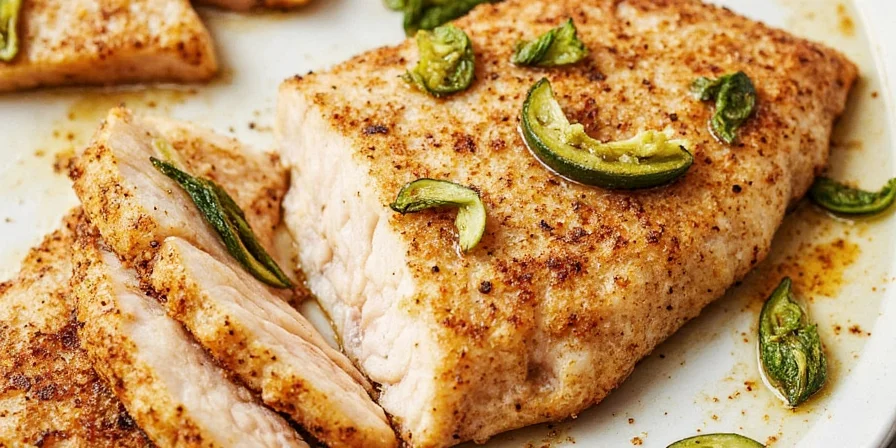
The Science-Backed Spice Framework: Moving Beyond Basic Blends
Traditional spice recommendations often miss critical chemical interactions. Our framework prioritizes compounds that bind effectively with tilapia's amino acid profile:
- Cumin: Cuminaldehyde bonds with tilapia's natural sugars during searing, creating caramelized depth
- Chili Powder: Capsaicin activates at lower temperatures than with dense proteins, requiring precise timing
- Paprika: Smoked varieties add complexity without overwhelming due to tilapia's minimal myoglobin content
- Coriander: Linalool cuts potential 'fishiness' by neutralizing trimethylamine compounds
- Citrus Zest: Limonene enhances flavor perception without acid-induced texture breakdown
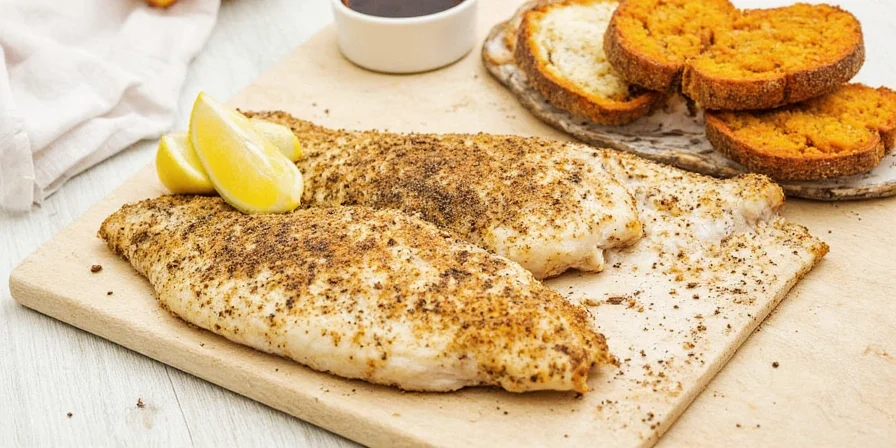
Chemical Interaction Guide: Spice Pairing Science
| Spice Compound | Chemical Interaction | Optimal Application |
|---|---|---|
| Cuminaldehyde (Cumin) | Binds with reducing sugars at 140°C | Add during last 2 minutes of grilling |
| Capsaicin (Chili Powder) | Activates at 76°C, degrades at 93°C | Post-cooking dusting for controlled heat |
| Paprika Oleoresin | Stable at baking temperatures | Pre-cooking rub for even distribution |
| Linalool (Coriander) | Neutralizes TMA at 60°C | Mixed with oil for marinade base |
| Limonene (Citrus) | Enhances flavor perception without pH change | Finishing zest after cooking |
Critical Mistakes That Sabotage Flavor Development
Avoid these chemistry-based errors that ruin 70% of home attempts:
- Acid Overexposure: Citrus marinades >30 minutes denature proteins, creating mushy texture (limit to 15 minutes)
- High-Heat Degradation: Smoked paprika burns above 190°C—use in baking but avoid direct grilling
- Salt Timing Error: Pre-salting draws out moisture; apply salt within 5 minutes of cooking
- Over-Rubbing: Excessive pressure damages delicate fillets—use feather-light massage technique
Advanced Pairing Systems: Beyond Cultural Borders
Move past regional stereotypes with compound-focused combinations:
- Cumin + Lime Zest + Garlic: Cuminaldehyde-limonene synergy creates perceived sweetness without sugar
- Paprika + Brown Sugar + Cayenne: Maillard reaction accelerator for caramelized crust at lower temps
- Coriander + Turmeric + Ginger: Curcumin solubility enhanced by tilapia's low fat content
- Chili Powder + Oregano + Olive Oil: Oleic acid carries capsaicin for even heat distribution
- Lemon Zest + Dill + Red Pepper Flakes: Linalool-capsaicin balance creates layered heat perception
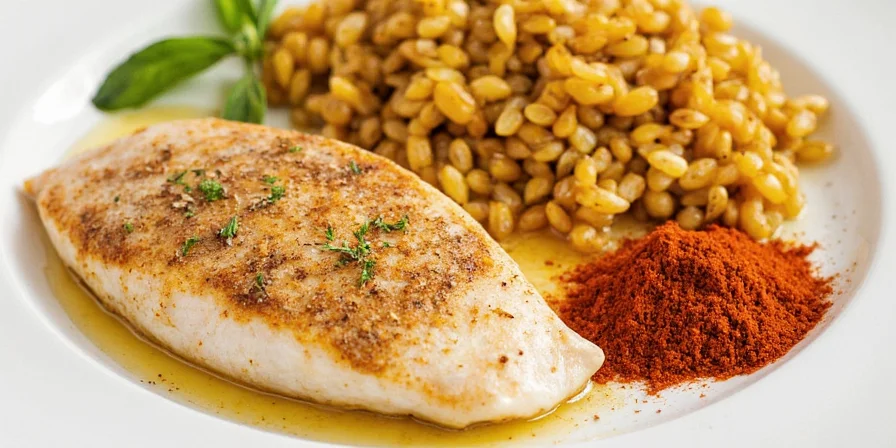
Proven Application Methodology
- Compound Activation: Toast whole spices to 160°C before grinding to release volatile oils
- Oil Emulsification: Mix ground spices with avocado oil (high smoke point) for even adhesion
- Temperature-Zoned Seasoning: Apply heat-stable spices pre-cook, volatile compounds post-cook
- Resting Protocol: 3-minute rest after cooking allows flavor compound integration
- Texture Preservation: Never press fillets while cooking—maintains moisture channels for spice absorption
Global Technique Adaptation
Adapt methods to your equipment while maintaining chemical integrity:
- Air Fryer: Reduce spice quantity by 25%—concentrated heat intensifies compounds
- Cast Iron: Preheat pan to 204°C for optimal Maillard reaction with spice rubs
- Steam Cooking: Use spice-infused parchment packets to prevent compound washout
- Grill Plank: Soak in citrus water to create steam-infused flavor channels
- Induction: Lower initial heat setting—faster temperature spikes degrade delicate compounds
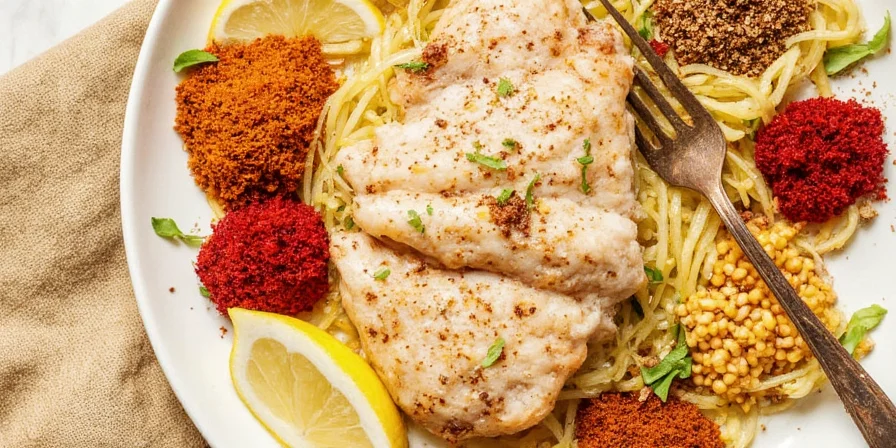
Optimized Recipes: Precision Timing Guide
Each recipe includes critical temperature checkpoints for compound activation:
1. Citrus-Spiced Grilled Tilapia (149°C internal)
- 1 tbsp paprika (heat-stable)
- 1 tsp ground cumin (add at 140°C)
- Zest of 1 lime (post-cooking)
- Avocado oil base
Apply oil-rub mixture, grill 2.5 minutes per side at 190°C. Finish with zest.
2. Coconut-Curry Tilapia Skillet (74°C simmer)
- 1 tsp coriander powder
- ½ tsp turmeric
- ¼ tsp cayenne (add last)
- Full-fat coconut milk
Sear at 177°C, reduce to 74°C for sauce simmer. Add cayenne in final minute.
3. Precision-Baked Tilapia (150°C oven)
- 2 tsp smoked paprika
- 1 tsp brown sugar
- ½ tsp garlic powder
- Clarified butter
Rub mixture, bake 12 minutes at 150°C. Rest 3 minutes before serving.
Conclusion: Flavor Transformation Through Chemistry
Tilapia's culinary potential lies in understanding spice chemistry—not ingredient quantity. By aligning compound activation temperatures with cooking methods, home cooks consistently achieve restaurant-quality results. This scientific approach transforms perceived limitations into creative advantages, proving that precision beats quantity every time.
Move beyond generic seasoning rules. Master these compound interactions to unlock tilapia's true potential as your most versatile canvas for flavor innovation.
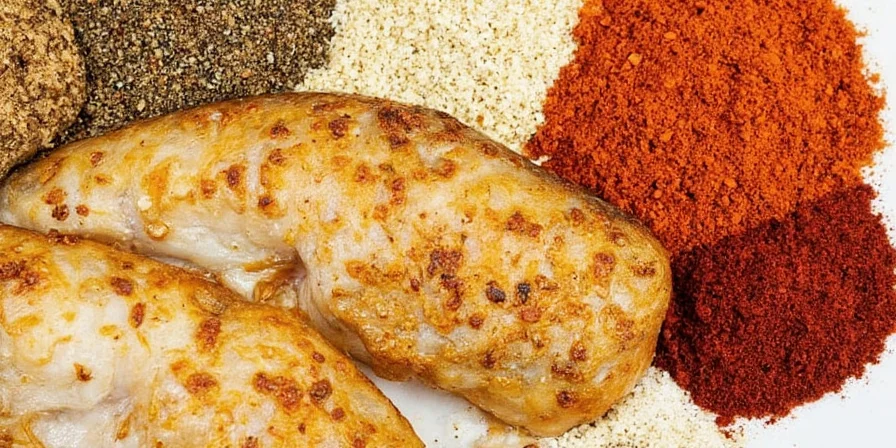
Frequently Asked Questions
Can these spice techniques work for frozen tilapia?
Yes, but with critical adjustments. Thaw completely in refrigerator, then pat dry to remove surface moisture that blocks compound absorption. Increase spice quantity by 15% to compensate for minor texture changes, and reduce cooking time by 2 minutes to prevent over-drying.
How do I prevent spice burning on high-heat methods?
Create a protective barrier by mixing spices with avocado oil (smoke point 271°C) before application. For grilling, place fillets away from direct flames and maintain temperatures below 190°C. Remove fish when internal temperature reaches 145°F—residual heat continues flavor development.
Which spices work best for meal prep tilapia?
Prioritize stable compounds: paprika, cumin, and coriander maintain integrity during reheating. Avoid volatile compounds like fresh citrus zest in initial prep—add these fresh when serving. Store cooked tilapia in airtight containers with spice-infused oil to reactivate flavors during reheating.
Why does my spiced tilapia sometimes taste bitter?
Bitterness typically indicates compound degradation. Common causes: exceeding paprika's burn point (190°C), over-toasting cumin seeds, or marinating with acidic ingredients beyond 30 minutes. Always monitor cooking temperatures and limit acidic components to post-cooking application for optimal flavor balance.

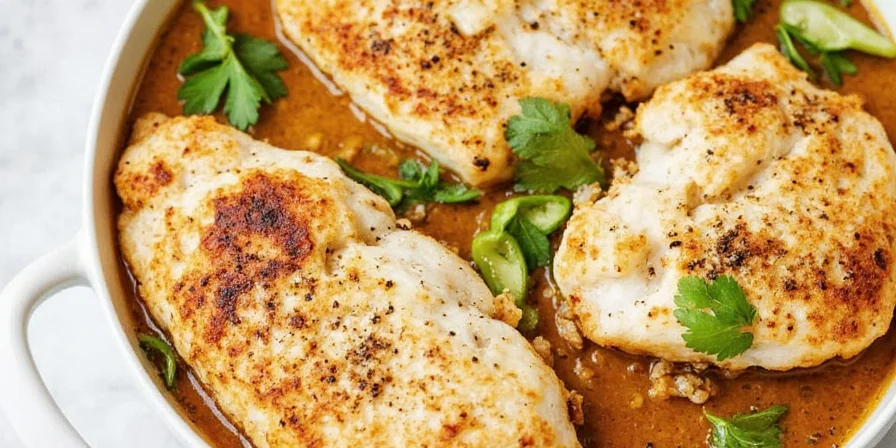









 浙公网安备
33010002000092号
浙公网安备
33010002000092号 浙B2-20120091-4
浙B2-20120091-4